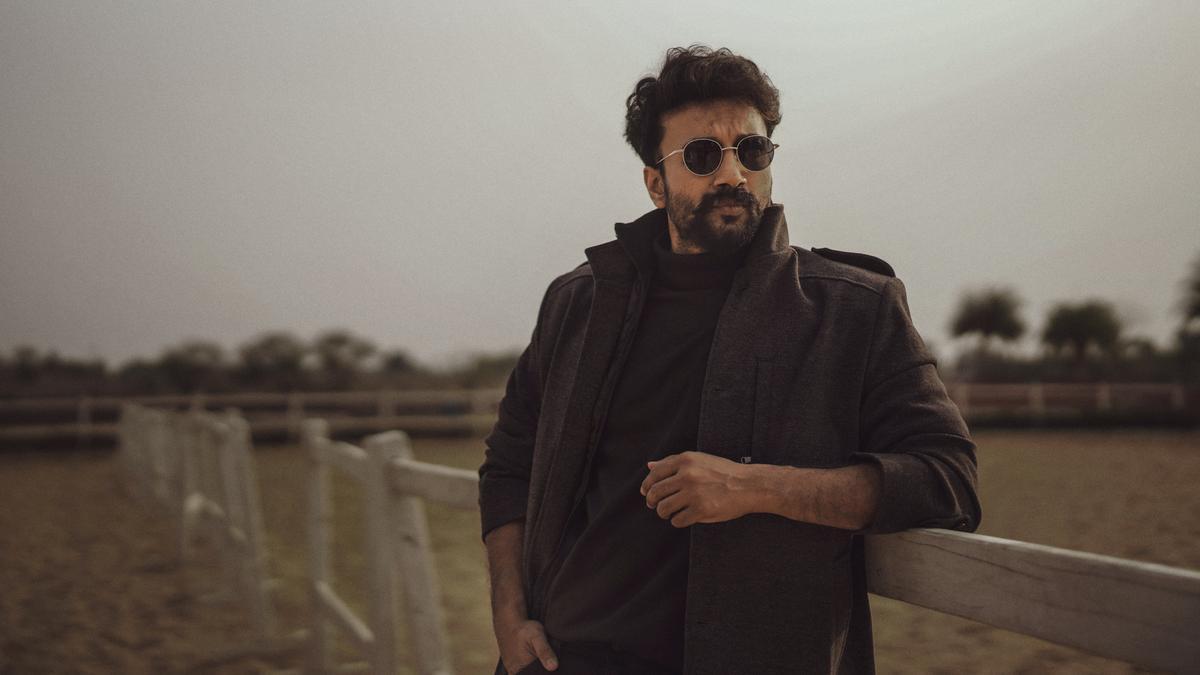
The vibrant Indian Premier League has once again turned heads, not just for the thrilling cricket on display, but also for a contentious issue that arose during a highly charged match between the Mumbai Indians and the Chennai Super Kings. The incident, which unfolded at the Wankhede Stadium on Sunday, April 14, saw the Mumbai Indians grappling with not just their opponents, but also a misunderstanding of the rules governing strategic time-outs.
In their pursuit of CSK’s imposing total of 207, the Mumbai Indians were dealt a blow when they were seemingly denied a strategic break at a critical juncture of the game. Despite a heroic century from their captain Rohit Sharma, who batted valiantly through the innings, Mumbai could not seal the chase, eventually falling short by 20 runs – marking their fourth loss in the IPL 2024 season.
As the match progressed towards its climax, with Mumbai Indians requiring 75 off the last 30 deliveries, the tension spiked in the 15th over. The third delivery saw the wicket of Hardik Pandya tumble, which typically would see a strategic time-out being called. Confusion reigned as coach Mark Boucher, batting coach Kieron Pollard, and player Tim David entered the field, assuming that the time-out had been signaled. To their dismay, the fourth umpire instructed them to leave the field immediately, a directive that clearly did not sit well with the Mumbai Indians’ camp.
The subsequent scenes showcased the coaches visibly upset, gesturing towards the on-field umpire in an attempt to communicate about the time-out, but their efforts were in vain. The strategic pause was only taken midway through the over, disrupting the rhythm that Mumbai Indians desperately needed to maintain.
So what are the established norms for a strategic time-out as per official IPL playing conditions 11.6.5? Simply put, the strategic time-out can be taken by the fielding team between overs 6 to 9, while the batting team has the window from over 13 to 16. Herein lies the critical detail: the captain or the batters at the crease must be the ones to notify the umpire of their intent to take the break before the final ball of the over is delivered. Should this notification not come from either captain or batters, the umpire defaults to calling the time-out at the conclusion of the prescribed overs – in the batting side’s case, after the 16th over.
This implies that no other figure affiliated with the team, whether it be a coach or a supporting staff member, holds the authority to call for a strategic time-out. The rule is explicitly clear that “Each time-out should be called by only either (a) the captain of either team or (b) the batter at the wicket” as stated under clause 11.6.5. This regulation intends to ensure clarity and consistency in the implementation of time-outs.
Unfortunately for the Mumbai Indians, the breakdown in communication meant that neither captain Hardik Pandya nor Rohit Sharma communicated the request to the umpires directly. This oversight resulted in the umpires adhering to the letter of the law, thereby delaying the strategic break beyond the preferred timing of the Mumbai Indians.
The controversy surrounding the strategic time-out overshadowed several notable moments from the game, including Rohit Sharma’s significant achievement of being the first Indian to reach a remarkable T20 milestone. The debate also emerged amidst calls for Shivam Dube’s inclusion in India’s squad for the T20 World Cup, indicating his increasing prominence within the cricketing fraternity.
Fans and pundits alike are left pondering the impact of such incidents on the game, with some suggesting that undue stress, like that experienced by the Mumbai Indians, could adversely affect the performance of players such as Hardik Pandya. Amidst the fervor and passion that define the IPL, this episode serves as a reminder of the complexities and pressures that come with ‘The Greatest Show on Turf.’










